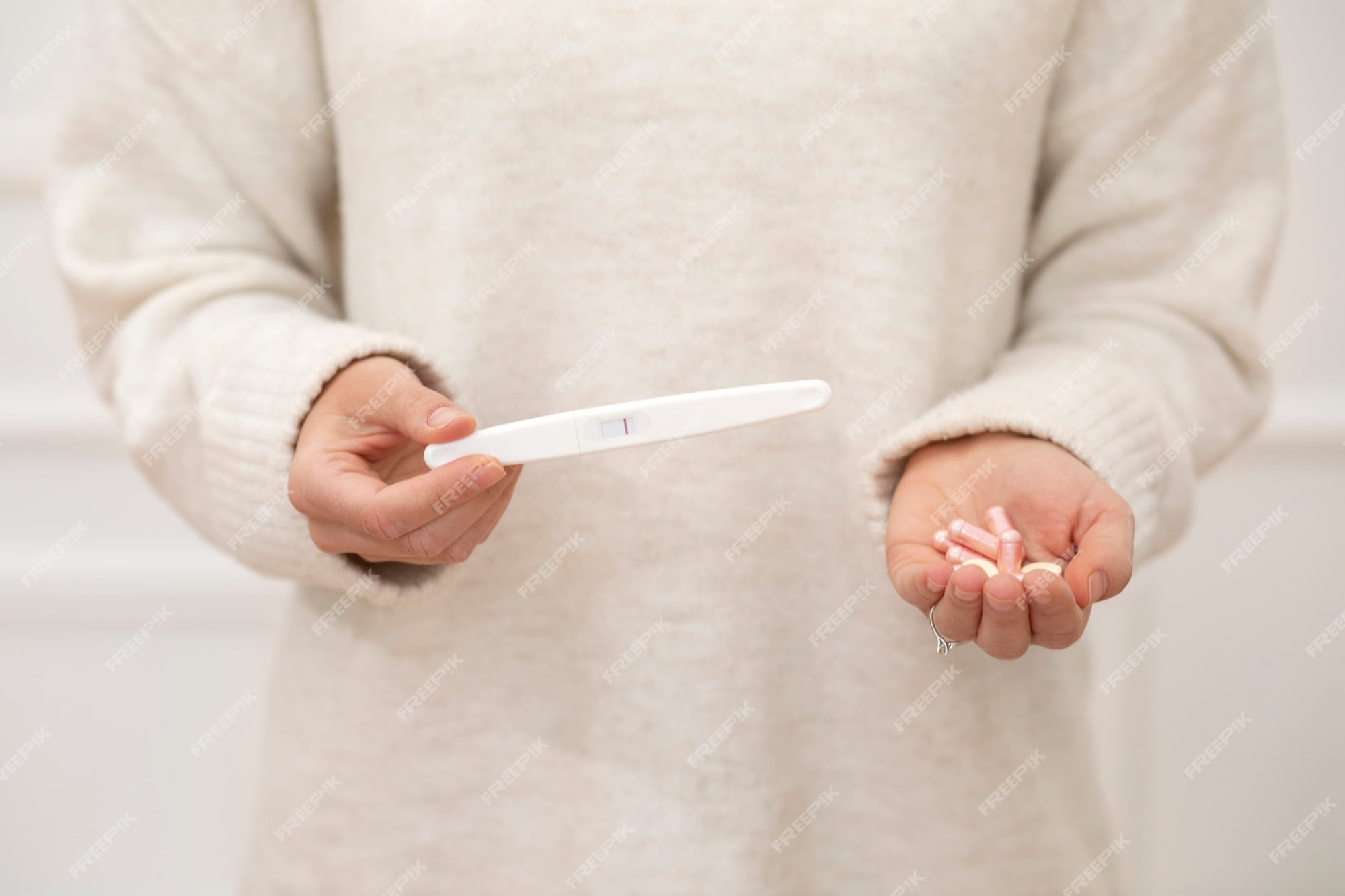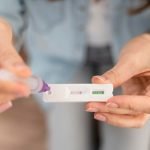
Contents
- 1 Introduction
- 2 What is a Whole Foods Pregnancy Test?
- 3 The Ingredients You’ll Need
- 4 Performing the Whole Foods Pregnancy Test
- 5 Benefits of the Whole Foods Pregnancy Test
- 6 Conclusion
- 7 FAQs
- 7.1 1. Is the whole foods pregnancy test scientifically proven?
- 7.2 2. When is the best time to perform the whole foods pregnancy test?
- 7.3 3. Can the whole foods pregnancy test replace a medical pregnancy test?
- 7.4 4. How long should I wait for results in the whole foods pregnancy test?
- 7.5 5. Are there any health risks associated with the whole foods pregnancy test?
Introduction
In today’s fast-paced world, many women are looking for alternative and natural methods to confirm pregnancy. One such method gaining popularity is the “whole foods pregnancy test.” In this article, we’ll explore what a whole foods pregnancy test is, how it works, its benefits, and how to perform it. Say goodbye to traditional pregnancy tests and discover this holistic approach to confirming pregnancy.
What is a Whole Foods Pregnancy Test?
A whole foods pregnancy test involves using everyday food items to determine whether you might be pregnant. This method relies on the concept that certain foods can react with pregnancy hormones in your body, providing an indication of pregnancy. While it’s not a substitute for a medical pregnancy test, it can be a fun and natural way to get some early clues.
The Ingredients You’ll Need
Before you rush to your kitchen, let’s gather the ingredients for this whole foods pregnancy test. You’ll need:
1. Sugar
Sugar is a common kitchen staple and one of the primary ingredients for this test. It is believed that the hormones present in your urine can interact with sugar to produce specific reactions.
2. Morning Urine
Collect your first-morning urine in a clean container. This is important, as it contains the highest concentration of pregnancy hormones.
3. A Small Bowl
You’ll need a small, disposable bowl to perform the test.
4. Patience
Keep in mind that this test requires some patience. Results may not be instant, and it’s essential to wait for the allotted time.
Performing the Whole Foods Pregnancy Test
Now that you have your ingredients ready, let’s proceed with the steps to perform the whole foods pregnancy test:
Step 1: Sugar Collection
- Start by taking a tablespoon of sugar and placing it in the small bowl.
Step 2: Morning Urine
- Next, collect your first-morning urine in a separate container.
Step 3: Mixing
- Slowly pour the urine over the sugar in the bowl. Ensure that the sugar is completely covered.
Step 4: Wait
- Now, the waiting game begins. Allow the sugar and urine mixture to sit for a minimum of 10 to 15 minutes.
Step 5: Observing the Reaction
- After the waiting period, observe the sugar closely. If it clumps together or forms clusters, it’s believed to be a positive result, indicating pregnancy. If it remains unchanged, it’s considered a negative result.
Benefits of the Whole Foods Pregnancy Test
Why should you consider trying the whole foods pregnancy test? Here are some of its advantages:
1. Natural and Chemical-Free
Unlike traditional pregnancy tests that involve chemicals, the whole foods pregnancy test uses natural ingredients found in your kitchen.
2. Cost-Effective
It’s an economical option, as you don’t need to purchase a special kit. The ingredients are readily available at home.
3. Fun and Interactive
Performing this test can be an exciting and interactive experience, especially if you involve your partner or a close friend.
Conclusion
The whole foods pregnancy test is a fascinating and natural approach to confirming pregnancy. While it’s not a substitute for a medical pregnancy test, it can be an enjoyable way to speculate before scheduling a doctor’s appointment. Remember that the results may not be as accurate as those from medical tests, so consult a healthcare professional for confirmation.
FAQs
1. Is the whole foods pregnancy test scientifically proven?
The whole foods pregnancy test is not scientifically proven and should only be considered as a fun and informal way to speculate about pregnancy. Consult a healthcare professional for accurate results.
2. When is the best time to perform the whole foods pregnancy test?
The best time to perform the test is in the morning using your first urine of the day.
3. Can the whole foods pregnancy test replace a medical pregnancy test?
No, the whole foods pregnancy test cannot replace a medical pregnancy test. It should be used for entertainment purposes only.
4. How long should I wait for results in the whole foods pregnancy test?
Wait for at least 10 to 15 minutes to observe the sugar’s reaction in the mixture.
5. Are there any health risks associated with the whole foods pregnancy test?
There are no known health risks associated with this test, as it involves common household ingredients. However, if you have concerns about your pregnancy, consult a healthcare professional for guidance.




